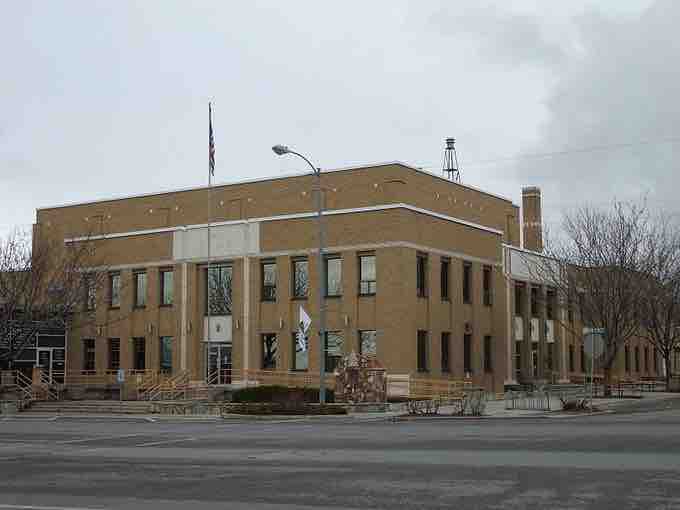Buildings and Historical Cost
A building is an asset used for commercial purposes and includes office buildings, warehouses, or retail establishments (i.e., convenience stores, "big box" stores, shopping malls, etc.). The cost of a building is its original purchase price or historical cost and includes any other related initial costs spent to put it into use. Similar to land, buildings are also a type of fixed asset purchased for continued and long-term use in earning profit for a business. Unlike land, buildings are subject to depreciation or the periodic reduction of value in the asset that is expensed on the income statement and reduces income. They also can incur substantial maintenance costs, which are expensed on the income statement and reduce an accounting period's income.

The cost of a building can include construction costs and other costs incurred to put the building into use.
Delays in construction can effect the total cost of a building.
Buildings on the Balance Sheet
Buildings are listed at historical cost on the balance sheet as a long-term or non-current asset, since this type of asset is held for business use and is not easily converted into cash. Since buildings are subject to depreciation, their cost is adjusted by accumulated depreciation to arrive at their net carrying value on the balance sheet. For example, on Acme Company's balance sheet, their office building is reported at a cost of $150,000, with accumulated depreciation of $40,000. The building's net carrying value or net book value, on the balance sheet is $110,000.
Sale of Buildings
If at a future date a building is sold due to a business relocation or other reason, any gain or loss on the sale is based on the difference between the building's net book value and the market sales price. If the sale results in a gain, the excess received over the building's net book value is disclosed on the income statement as an increase to the accounting period's income. If the sale results in a loss and the business receives less than book value, the loss is also disclosed on the income statement as a decrease to income.